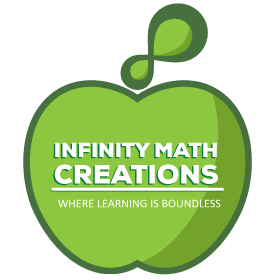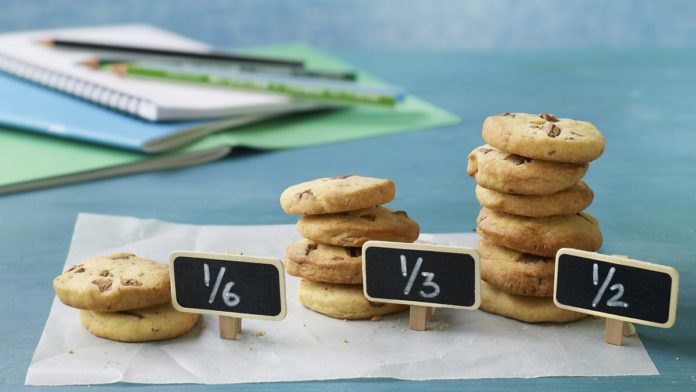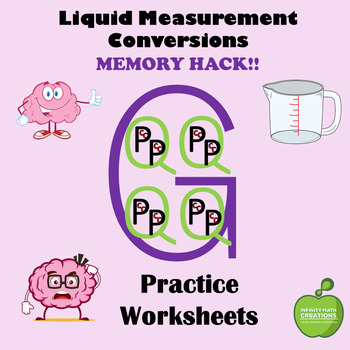Math is such an important part of everyday life. Whether it’s balancing a bank account or doubling a recipe, math is everywhere. As such, kids need to understand how necessary math is in life and take their math through baking studies seriously.
One way to get your children motivated and excited about math is to enlist their help in the kitchen. There are many opportunities to learn math through baking– many of which don’t even seem like learning at all!
Kids of all ages can take part in the baking process, so continue reading to learn tips and recommendations for continuing and enhancing their math education through baking.
What Does Baking Have to do with Math?
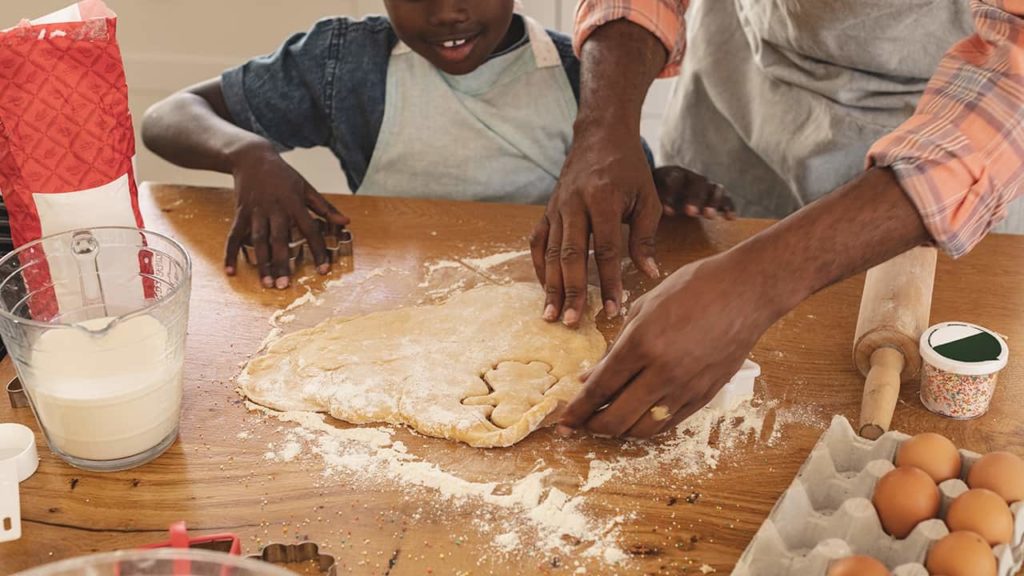
In short, baking has EVERYTHING to do with math. There isn’t a part of the baking process that doesn’t involve math of some sort, which is why it’s the perfect way to get kids to use and understand math better.
Besides, what kid doesn’t enjoy helping out in the kitchen? I can remember standing on a dining room chair next to my mom when I was young, helping her measure and pour ingredients into a bowl to make chocolate chip cookies.
The skills I learned during those baking sessions are ones I still use today when doubling and making recipes for my own family. I had fun baking with my mom and I was proud to go to school and use the math skills I had learned during those times.
If you’re looking for a way to help a child struggling in math class or you simply want to strengthen your child’s math skills, try baking something yummy together in the kitchen.
How Math Fits into the Baking Process
If you’ve never thought about it before, you might be questioning just exactly how math fits into the baking process. Have you ever tried following a recipe? It’s almost impossible without math! Let’s explore some of the math skills needed when baking.
Converting Temperatures
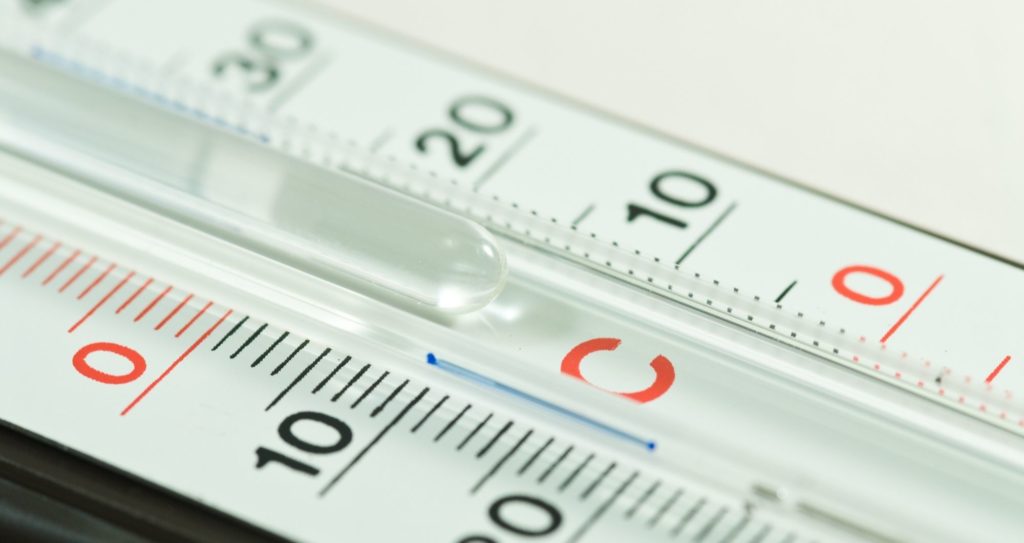
Many recipes call for preheating the oven to a Celsius setting. If your oven is Fahrenheit, you will need to convert the Celsius temp, so you know what to set your oven to.
This requires solving a math formula like this: F = ((9 ÷ 5) x C) + 32. So, if the recipe calls for preheating the oven to 200°C, you figure out the Fahrenheit equivalent by plugging in 200 for ‘C’, which gives you 392°F.
Doubling or Halving the Recipe
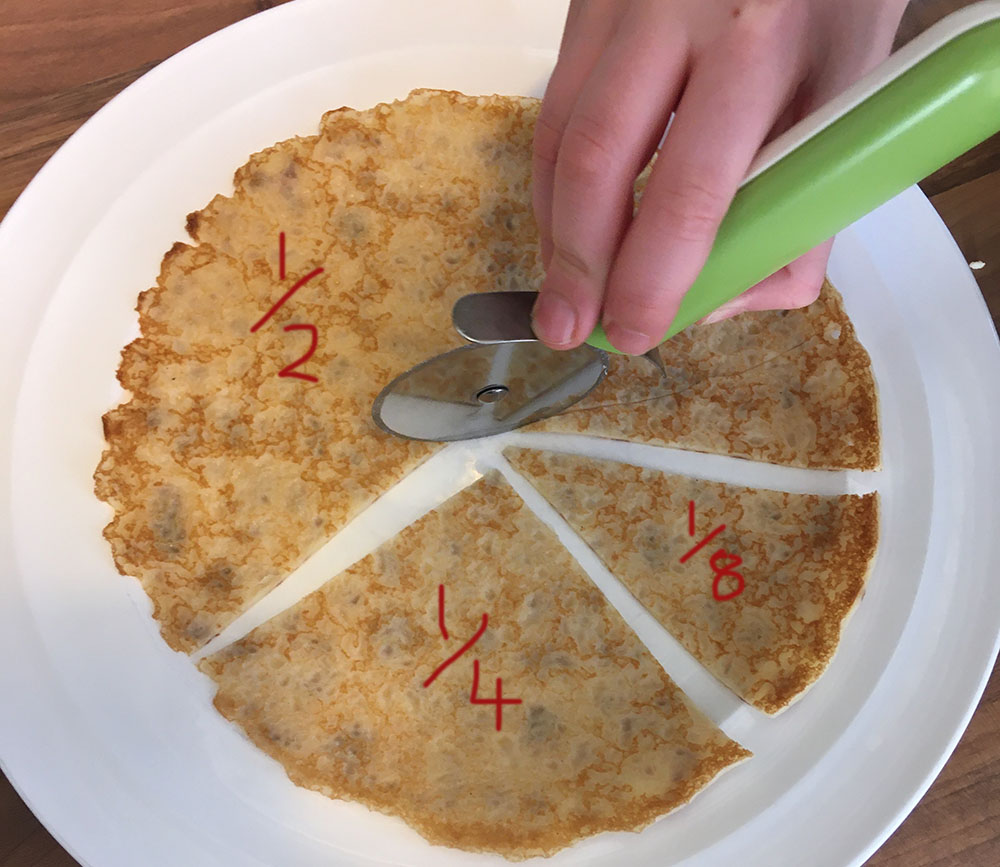
Sometimes, you need to make more or less than the original recipe calls for. This is the perfect opportunity for children to hone their multiplication, division, and fraction skills.
If you’re doubling the recipe, have your child multiply all the ingredient amounts by 2. If you’re halving the recipe, have your child divide all the ingredient amounts by 2.
There may be fractions involved (i.e., ½ cup), so your child will need to do some thinking to come up with the right answer.
Baking Times vs. Weight
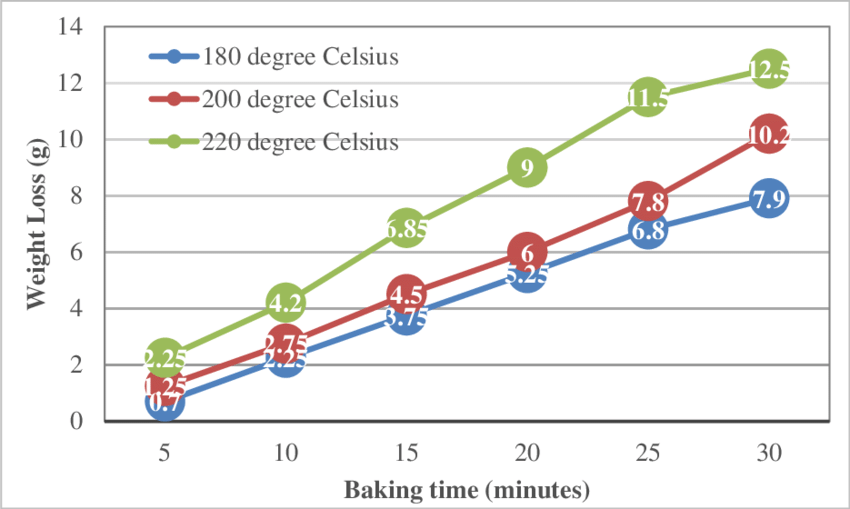
Many recipes call for cooking times based on weight. This is especially true when cooking meats such as whole chickens or pork tenderloins.
The recipe might be written for a specific weight, but if your ingredient weighs more or less, you’ll have to figure out the cooking time based on that.
Analyzing the relationship between cooking time and weight is a great way for students to learn correlations between data points. This is creative segway into teaching your students about
Decorating for Sequence and Symmetry
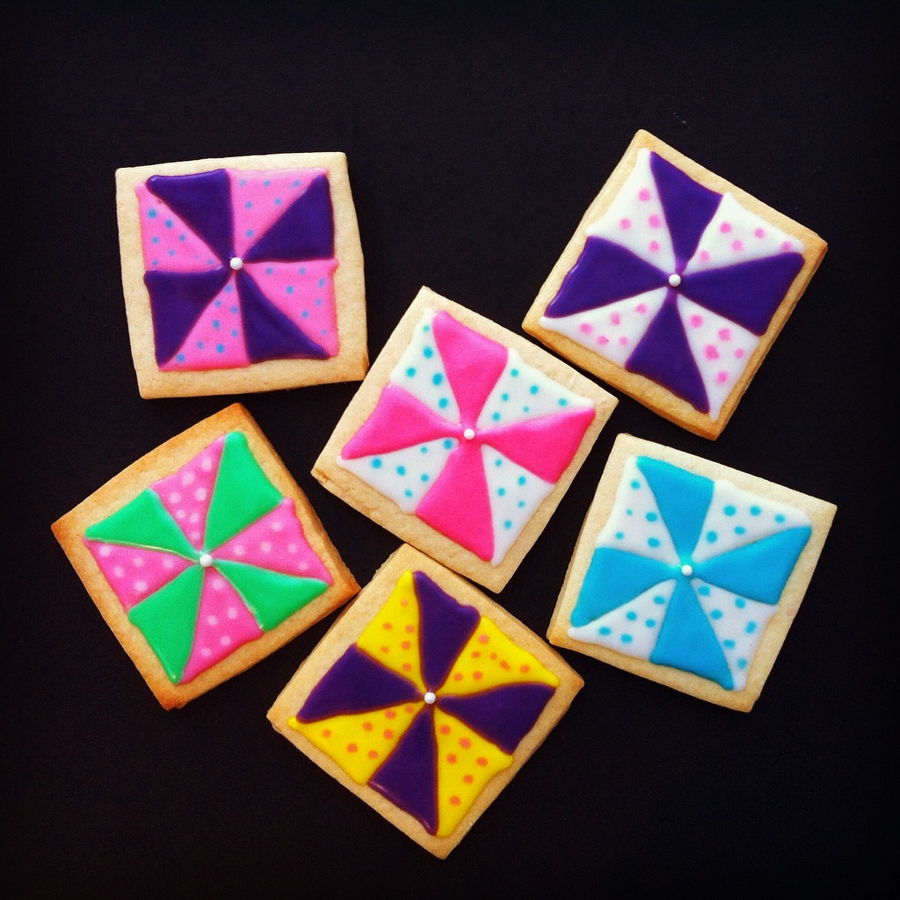
When it’s time to decorate your baked goods, your children can practice their sequence and symmetry skills by forming patterns with colored candies and fruits.
You can also talk about how the shapes and sizes of your baked goods are similar or different. This is also a great time for younger helpers to talk about colors and shapes, as well as counting as they decorate.
With middle schoolers and high schoolers, cookie decorating is a creative way to introduce:
- rotations
- reflections
- symmetry
Other Skills Kids Can Hone While Baking
Math in baking isn’t the only skill kids use when making cakes, cookies, and other yummy treats in the kitchen at home. Reading and science also come into play, too.
For example, it’s impossible to understand a recipe without solid reading skills. Recipes have special nuances that everyone should learn, so have your child read through the recipe before beginning to make sure he understands it thoroughly.
Baking is full of science. One such sciency part of baking is learning how baking soda and yeast work to help baked goods rise. I remember getting such a kick out of the baking soda-vinegar reaction that took place in my mom’s banana recipe!
Suggestions for Making Math a Part of Baking
There are many ways to incorporate math into baking. Here are a few suggestions:
- Count each ingredient – Point out each ingredient and have your child count them as you go. Make sure they go slowly, so they don’t miss any.
- Guess which pile has more or less – Put some of the ingredients into two piles and ask your child which pile has more, then switch gears and ask which pile has less. The ‘less’ concept can be challenging for some children.
- Add or take away ingredients – Challenge younger children to practice their addition and subtraction skills by adding or taking away ingredients. Younger children may need to count all the pieces again to come up with the answer, but this is a great way to get their brains thinking in math terms.
Learning Math Through Baking is Fun!
Learning and practicing math skills through baking is just plain fun. Whether it’s counting strawberries for a fruit smoothie, measuring ingredients for a double batch, or estimating the number of cookies in the cookie jar, baking together with your children is a great way to help them understand the importance of math and motivate them to keep learning.
Liquid Measurement Activities: Gallons, Quarts, Pints and Cups
In baking, you are constantly measuring liquids such as milk, water and flavorings. I have an awesome measurement activity set that is great for practice and assessing students’ ability to measure liquid volume using gallons, quarts, pints, and cups (U.S. customary units of capacity). This engaging resource can be found at my store on Teachers Pay Teachers.
Students will convert and compare units, and apply units to recipes. These activities can be used for both pre-tests and post tests.
This set includes:
- 1 memory hack sheet
- 4 practice worksheets
Your students will enjoy learning about liquid volumes!
GET YOUR LIQUID MEASUREMENT ACTIVITY SET HERE!!
Kids Will Love Meshing Yummy Treats with Math
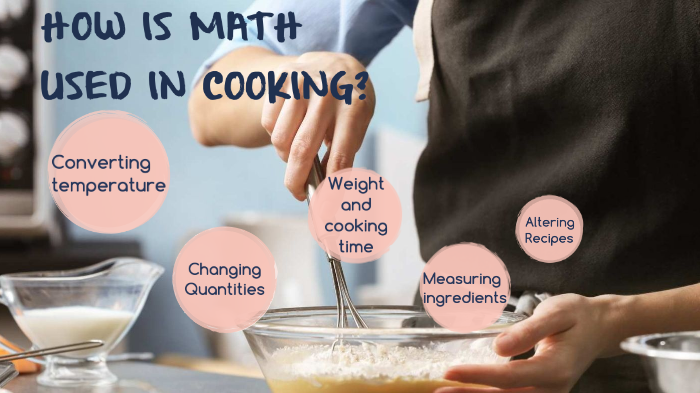
A surprising thing that happens when you talk math with your children is that they begin talking math themselves without prompting later on.
For example, when you encourage your child to count the ingredients, she is more likely to count the ingredients on his own later, or he might be more inclined to figure out the answer to an equation in order to double or halve a recipe.
By talking about math while baking, it becomes a fun activity that kids find they enjoy rather than dread.
Math is something that we use every day, which is why it’s so important kids take it seriously in school.
You can help hone and challenge your children by baking with them and encouraging them to use their math skills to create yummy treats.
